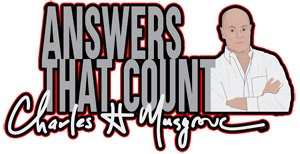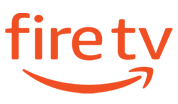Retirement planning is intricate and personal and includes all aspects of a family’s financial current and projected components. Selecting the right retirement plan for your business is also an important decision and the differences between the plans will impact the decision of what plan type to set up.
In an interview published on January 16, 2020 with Taylor Hodges of Southern Capital (see interview here), we discuss some of the most popular plan types and the differences between them. A few points to note about retirement planning and selecting the right plan for a business:
- Each situation is unique.
- Planning includes the crystal ball methodology also … the tax rates in the future are unknown, the future earnings of investments, businesses and individuals are also uncertain.
Estimating Future Tax Rates is Part Science and Part Crystal Ball
So, we know historical and current tax and rate of earnings but we don’t know the future. So, all of that is part of the analysis to select the best plan.
Plan Types
Solo 401k – The Solo 401k is available to business without employees, as the name implies. However, the IRS does allow the business owner to include his or her spouse in the plan. So, as you can imagine, this plan type is very popular for the high-earing couples. The small business owner can contribute as both the employee and employer to a Solo 401k. This can add up to healthy contribution. The employee limitation is up to $19,500 and the limitation for both employee and employer is up to $57,000 in 2020. In addition, if you are 50 years old, you also have an available $6,500 catch-up contribution, which raises the total to $63,500.
SEP (Self Employee Pension) IRA – These plan types are easy and inexpensive to set up. The investment decisions are made by the employee and the accounts are held by the employee in their self-directed IRA. The contributions are also immediately 100% invested. The contribution limits are 25% of employee’s compensation up to $57,000. The SEP IRA requires a matching contribution for all employees.
Simple IRA (Savings Incentives Match Plan for Employees) – This plan type is flexible, inexpensive and requires an employer match. The maximum contribution is $13,000 and a $3,000 catch-up if the employee is 50 years old or older. In addition, the plan requires a two-year hold on the account from the date of contribution. And, early withdrawals require a 25% penalty instead of the 10% penalty for early access to 401k plans.
401K – The plan type with the most flexibility for features, investments and contribution structures. A maximum of $19,500 per employee is allowed, plus the $6,500 catch-up contribution for employees that are 50 years and older. Other features:
- Plan cannot discriminate
- Owners and key-employees cannot own 60% of plan assets
- Safe Harbor provisions – employer matching for employees and allows employer to avoid plan testing for top-heavy rules
Selecting the right plan can be complicated and you should seek the guidance of a Financial Planner when making your plan.







Recent Comments